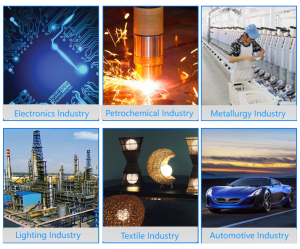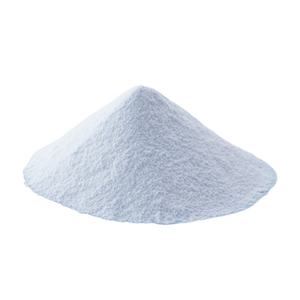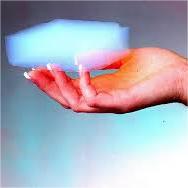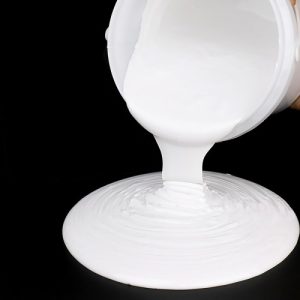Professional industry ceramic supplier, silicon nitride, silicon carbide, aluminum nitride and any other kinds of ceramics.
1. Introduction
In the past 48 hours, materials scientists at Oak Ridge National Laboratory announced a breakthrough in sintering techniques that significantly enhance the density and thermal shock resistance of silicon carbide components—reigniting industry-wide interest in high-performance crucibles and related advanced ceramics. This development underscores why silicon carbide crucibles remain indispensable in both industrial foundries and cutting-edge laboratories.

Silicon carbide crucibles are specialized containers engineered to withstand extreme temperatures—often exceeding 1,600°C—while resisting chemical corrosion from molten metals, slags, and reactive atmospheres. Their robustness makes them ideal for melting non-ferrous metals like aluminum, copper, and zinc, as well as for crystal growth and analytical chemistry.
2. What Makes Silicon Carbide Crucibles Unique?
Silicon carbide (SiC) is an advanced ceramic known for its exceptional hardness, thermal conductivity, and oxidation resistance. Unlike traditional alumina (Al2O3) or zirconia (ZrO2) crucibles, silicon carbide crucibles offer superior thermal shock resistance—meaning they can handle rapid heating and cooling without cracking.
Key advantages include:
- High thermal conductivity for efficient heat distribution
- Low thermal expansion to minimize stress during temperature changes
- Excellent resistance to molten metal erosion and slag attack
- Long service life compared to graphite or clay-bonded alternatives
These traits make silicon carbide crucibles a top choice in foundries, semiconductor manufacturing, and research labs worldwide.
3. Silicon Carbide vs. Other Advanced Ceramics

When selecting refractory materials, engineers often compare silicon carbide with boron carbide and silicon nitride.
Boron carbide vs silicon carbide: While boron carbide (B4C) is harder and used in armor applications, it’s more expensive and less thermally conductive than SiC. For crucible use, silicon carbide offers better cost-performance balance.
Silicon nitride (Si3N4), another advanced ceramic, excels in mechanical strength and fracture toughness but has lower thermal conductivity. Silicon nitride crucible factories produce niche labware for ultra-high-purity applications, but silicon carbide remains dominant for bulk metal melting.
Meanwhile, zirconia crucibles are preferred for reactive melts like titanium, but they’re prone to phase instability at high temps—something silicon carbide avoids.
4. Beyond Crucibles: The Expanding World of Silicon Carbide Ceramics
The versatility of silicon carbide extends far beyond crucibles. Manufacturers now produce a wide array of silicon carbide ceramic products, including:
- Silicon carbide ceramic tiles for wear-resistant linings
- RBSiC silicon carbide tile blocks for kiln furniture
- Silicon carbide ceramic columns and rings for filtration and support structures
- Silicon carbide burner nozzles and bricks for high-temp furnaces
- Silicon carbide tubes for thermocouple protection and furnace applications

Even consumer goods have embraced this material. Items like silicon carbide ceramic baking dishes, dinner plates, casserole dishes with lids, butter dishes, ramekins, and serving platters are gaining popularity for their durability, oven-to-table functionality, and sleek aesthetics—available in black, white, blue-white porcelain styles, and even holiday-themed designs like Christmas plates.
Notably, brands like Staub have inspired demand for silicon carbide baking dish Staub-style cookware, blending industrial-grade performance with culinary elegance.
5. Industrial Components and Precision Parts
Advanced ceramics manufacturing leverages silicon carbide for precision-engineered parts. Examples include:
- Silicon carbide discs and grinding discs for pottery and machining
- Silicon carbide ceramic disc taps and quarter-turn valves for plumbing
- Silicon carbide ceramic pipes and tubes for corrosive fluid handling
- Porous silicon carbide ceramic tubes for filtration in harsh environments
These components benefit from SiC’s inertness, hardness, and ability to maintain integrity under pressure and heat—making them vital in chemical processing, aerospace, and energy sectors.
6. Choosing the Right Material for Your Application
Selecting between silicon carbide, alumina, zirconia, or silicon nitride depends on your specific needs:
- Use silicon carbide crucibles for high thermal cycling and metal melting.
- Opt for silicon nitride ceramic plates or custom silicon nitride heat shields when mechanical reliability under load is critical.
- Consider zirconia rods or nozzles for oxygen-sensitive or highly reactive melts.
- For cost-effective insulation, alumina ceramic tubes may suffice—but lack SiC’s thermal conductivity.
Always verify purity levels, especially if working with high purity silicon nitride powder market standards or sensitive semiconductor processes.
7. Conclusion
From molten metal foundries to artisanal dinnerware, the silicon carbide crucible exemplifies how advanced ceramics bridge industrial utility and everyday innovation. With ongoing advances in sintering and composite design—like those just reported by national labs—the future of silicon carbide and related materials like silicon nitride looks hotter, stronger, and more versatile than ever.
Our Website founded on October 17, 2012, is a high-tech enterprise committed to the research and development, production, processing, sales and technical services of ceramic relative materials such as Silicon. Our products includes but not limited to Boron Carbide Ceramic Products, Boron Nitride Ceramic Products, Silicon Carbide Ceramic Products, Silicon Nitride Ceramic Products, Zirconium Dioxide Ceramic Products, etc. If you are interested, please feel free to contact us.






